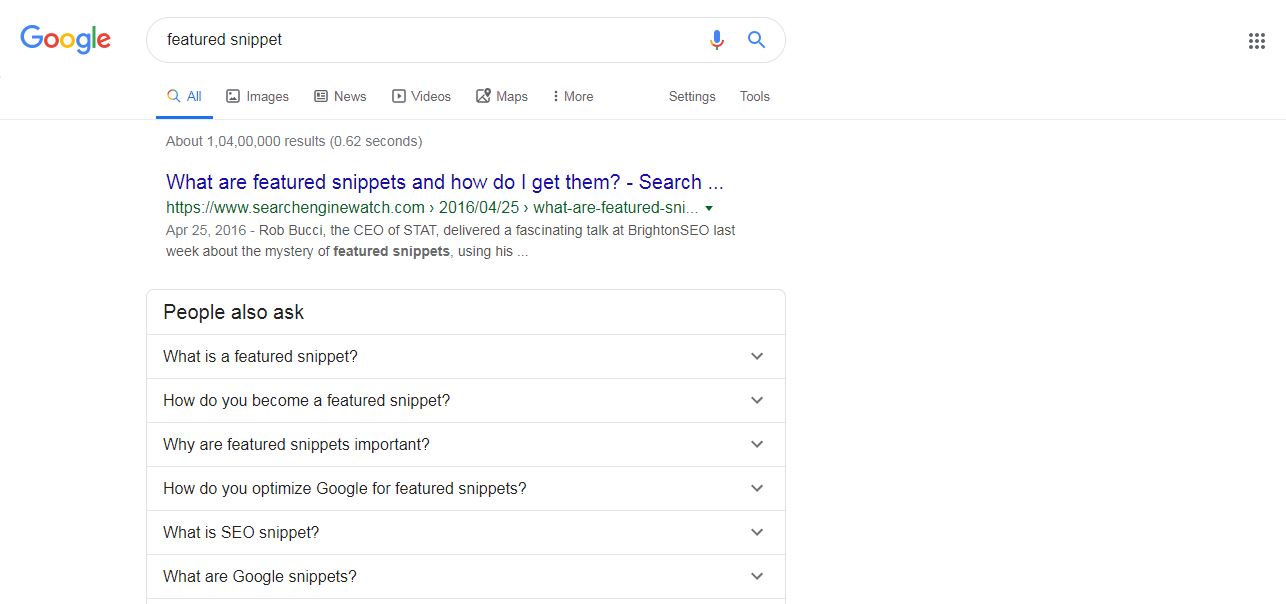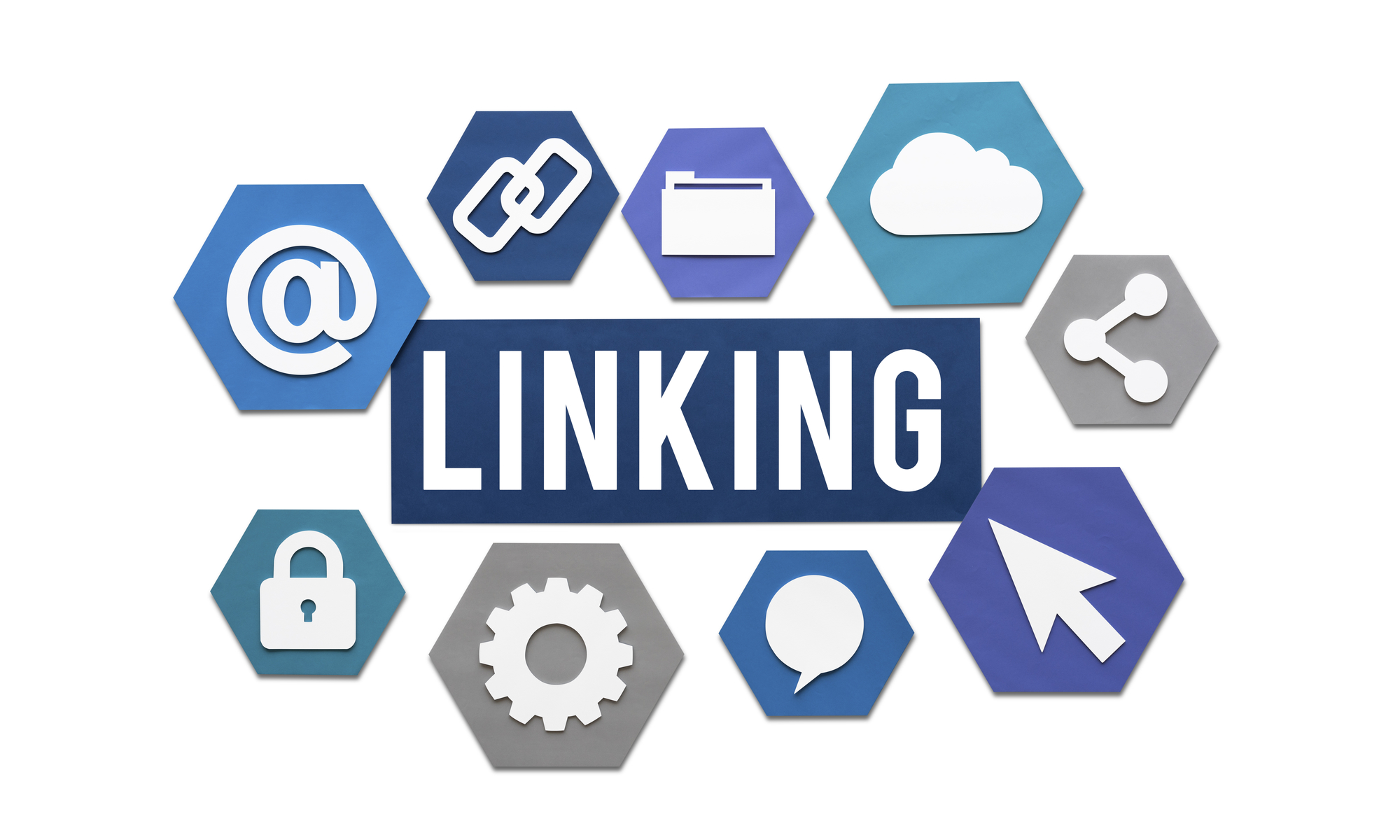October 21, 2019
As marketers, we are all familiar with the term SEO, the most common practices of optimizing the web pages. But knowing everything in theory and putting it into action is like a drastic difference between taking written exams and acing the practical tests.
Therefore, to help the beginners, we have summarized a workable guide about easy on-page SEO. We have designed this list as a handy reference journal. We have enumerated the popular practices and their roles in on-page SEO of a website. The users are free to use this guide, or you can always contact our team of experts to avail the best on-page SEO services.
The most common and popular practices of on-page or on-site SEO can be summarized as Keywords targeting, fast-loading web pages, intent-based optimization, interlinking, metatags, and many others.
Here’s a handy and workable tips list to get higher rankings for your website on SERPs.
1. Keywords targeting

The first and the most basic step is the oldest one- targeting the keywords. Yes! They’re called KEYwords for a reason. Using the keywords with a density lower than 2% is the best strategy to rank your website high.
Ideally, you should start the first word of the first heading or subheading of the piece with the most important keyword. Try to include the other keywords within first 100 words of the piece. Latent Semantic Indexing keywords are the words or phrases that have high amount of affinity to your target topic – be it your business services or products. Use LSI lower than the actual keywords, and typically LSI is used twice in a regular piece.
2. Information targeted optimisation

Information targeted optimization can be summed-up as recognising the interests and requirements of the users when they are looking for information on the net, and including those needs in the website content to garner more eyeballs.
There are three kinds of reasons for seeking information:-
Solution seekers: These users are looking for answers like-how can I reduce weight? Who can learn to code? What is the criterion for an astronaut?
Buyers: These are consumers who are coming online to purchase stuff and they’re looking for reviews or ratings or comparing deals on offer.
Specific inquiry: Specific inquiry is generated when the user is looking for a particular website link, like a website for an institution etc.
How can information targeted optimisation help you?
Intent-based optimisation makes your website more user-friendly and popular among the search engines.
Tips to optimize the page for intent-based queries
Pick a popular keyword that is related to your page, and search it on different engines. If you find ads appearing in your search and you’re being directed towards discussion forums, then you have picked up the right keyword.
Now you need to build your content around this keyword and you will find intent-based seekers are visiting your website in no time.
Readability counts!
The content must be relevant, search engine optimized and lucid enough to be enjoyed by the masses.
Tips to optimize the content
Back-linking:
Link your content with hyperlinks on related websites and make it free. Users won’t be willing to sign-up to read your information. The more freely it is available, the more traffic will come to you.
Some of the on-page SEO features you should be optimizing are topics found in this post:
- Meta descriptions
- Alt tags
- Media (images, videos)
- H1, H2 and H3 tags
- Internal linking
Revamp old posts:
Revamping older content can attract huge traffic and you’ll get higher rankings. The best way is to update the keywords and interlink the older content with the new upgraded pieces and enjoy a reduced bounce rate.
3. Prudent use of Metatags
Metatags are used by the search engines to compare the information on your page with the users’ questions, to provide the best possible reply.
In contrast to the earlier days, the search engines now focus on the user demands and try to satisfy the demands above everything. To achieve intent-based optimisation, search engines scan the metatags and rank the website.
Instead of stuffing the web pages with metatags – only highlighting them in important segments like the home page, cornerstone pages and important subtitles, helps the search engine and the users to know the subject of your content alike.
Why are metatags important for SEO?
Metatags help define the description of the webpage. Metatags help Google to navigate categorically through your website. Infact, putting metatags on the homepage and landing page makes the search engine only scan the metatags to move ahead.
Adding the metatag to your homepage is extremely important, as that is what introduces the user to your website. The metatags on the homepage can help it to rank higher in search engine searches. Plus, interlinks on the homepage give it extra weight than other pages, and a higher ranking of the homepage ensures a higher ranking of the entire website.
How do I strategically use my metatags?
Optimise the homepage title
Optimising the title of the homepage with keywords, can introduce the website in glance to the potential users. Grab the opportunity, by using the most relevant and researched keyword in your title and help Google to rank your website on the first page. Like if you’re a sports gear firm you can use: We provide the best baseball bats. Baseball and bats both can help Google to identify the nature of your website, and put it up in the search results.
SEO the descriptions
The description of the website must have relevant keywords and easily readable content to make it useful for the masses. The readable content with interlinks, keywords and important images will reduce the bounce rate and facilitate more conversions.
Use H1 tags
H1 tag indicates the most important headings. Thus, the homepage, important sections and login pages must have an H1 tag, but not more than one. H1 tags can help the user and search engines to know which the most important part of the page is.
Use the ALT Tags
The ALT tags are used to optimise the images to provide alternative textual information about the image, for the visually impaired users. Image optimisation awards an opportunity to rank higher in the searches. There’s no need to insert keywords in the text. Just a tagline description is good to go.
4. Roles of: Term Frequency & LSI
As we mentioned earlier, LSI stands for latent semantic indexing and they help the keywords by adding extra meaning to them.
LSI keywords help you like- you’re looking for cars – so here a vehicle name like Toyota, is the LSI which helps the search engines to identify your purpose.
How to know the weight of an LSI keyword?
If the LSI words appears in the shorter fields – such as a title field, then the user can easily understand the content of that field, than if the same term appears in a much larger field.
Term Frequency
Term frequency is the number of times a term appears in a given piece. Content with higher term frequency is given preference by the search engines.
Inverse Document Frequency
It is defined as how many times a particular term does appear in all pages. The more often the term appears, the lower the weight.
Why is this important for SEO?
Google uses the TF & IDF equation to score the websites in the searches. This equation can help you find out the probability of your website rankings in Google searches.
5. Featured Snippets

A featured snippet is a format that provides the information seekers, an appropriate direct reply on the search results page.
Why is ranking for a featured snippet important?
Most of the questioners who are in rush rely on featured snippets for their information. Thus, they’re more likely to click on your webpage, if you frequently reply to their queries. Studies have shown snippets have driven huge traffic to the featuring websites.
Get yourself ranked in the featured snippet
Relevant keywords, limited words [not exceeding 50] and high readability can help you to feature on the snippets. Target the most common questions asked to get immediate attention.
6. Internal linking

Internal linking is the process of building an internal link structure on the website. The goal is to connect old and new information to make it available for the readers, and allow the search engines to have access to the important pages of the website for better readability. This also enables the search engines to understand the website and its purpose, and this subsequently helps with the rankings.
Why interlinking is helpful?
Interlinking makes your site more navigable for the users. The old information, when linked with the new articles increases the richness of the content, helps to organize the content categorically with the relevant keywords and above all, it helps the search engines to become familiar with your entire website and its content.
A rich and diverse content reduces the bounce rate of the website, and this naturally increases the average visitor session. This helps the site to come up in the rankings in the search engines.
How do I set up internal links on my website?
Pyramid style internal-linking
A pyramid structure is the most popular and user-friendly inter-linking approach. The home page comes on the top and the category pages which are the most relevant pages of the website are deep-linked to blogs or other information. Pyramid style helps to link maximum pages to the home page with just one link, and this is taken as one of the most important criteria of rankings by the search engines.
Variable Anchor Text
The anchor text must be chosen carefully according to the popular keywords, and the same anchor texts must not be chosen for other pages as this might label the website as spam. Also, similar anchor text starts competing with each other ruining their actual purpose.
7. Indexing: Making Sure Crawlers Search Your Relevant Pages
The most important feature of optimisation is the crawling of the spiders of the search engines into your web pages.
Indexing is the process of organizing pages on the databases by Google and other search engines. The pages are then picked up according to the user queries. If the site is not registered on the index, it won’t appear on the search results.
I want Google to index my site
The article has already pointed out the methods needed to get indexed on Google, here’s the list at a glance:-
- Regular updates to the content
- Interlinking the web pages
- Use of relevant images
Sitemap submission to Google
Sitemaps provide search engines with a list of the pages and the relevant information on the website. A sitemap helps search engines to find even those pages which are not linked everywhere.
Editing Robots.txt to stop Google from accessing irrelevant information
It is important to provide the Google index only selective access, and exclude the login pages, outdated coding and backend folders. You can edit Robots.txt to help Google access only the rank worthy pages.
8. Loading-time

The ideal loading time for a website is decided as 3 seconds or less than it. Nearly 40% of people give-up browsing, if a page takes longer than 3 seconds. Thus search engines also rank sites based on loading time as well.
Loading-time is crucial:
A slow web-page never attracts huge traffic, and users refrain from visiting it. Such website eventually ends up with low rankings. According to recent studies, 11% fewer page views are recorded for the slow loading pages.
How can you speed-up the loading time?
Yahoo says that most of the browsing time is spent downloading the different parts of the page. Compressing the size of your on-site materials can boost your loading-time a lot. The size of files other than graphics and images shouldn’t increase above 150bytes. Keep the images in JPEG and graphics in PNG format to speed-up your loading time.
Upgrade your coding
Keep on decluttering your coding section. Remove the useless formatting, punctuation and obsolete codes to enhance the speed of the loading time.
Never stop researching new trends
These tips are written keeping the current SEO practices in mind. However, search engines and net surfers both evolve with time and it is advisable to keep on searching the newest trends of On-page SEO market to keep up with the competition.
You can always click on our link below to avail of our bespoke SEO services and witness your rankings shoot-up in days!
About Author: Logicsofts is one of the best rated digital marketing agencies that offers professional website design and SEO service at unbelievably affordable prices. Speak to our experts for more information: 0385955246